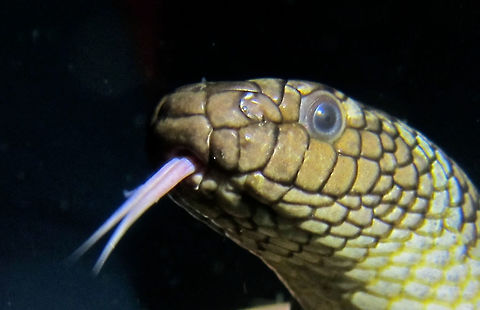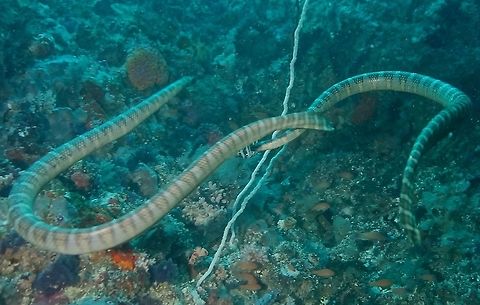
Naming
Currently, two subspecies are recognized, including the nominotypical subspecies described here....snipped...
The subspecies ''A. l. pooleorum'' has been elevated to full species status as ''A. pooleorum''.The specific name, ''pooleorum'' , is in honor of Australian fishermen "W. and W. Poole" who collected the holotype.
References:
Some text fragments are auto parsed from Wikipedia.
